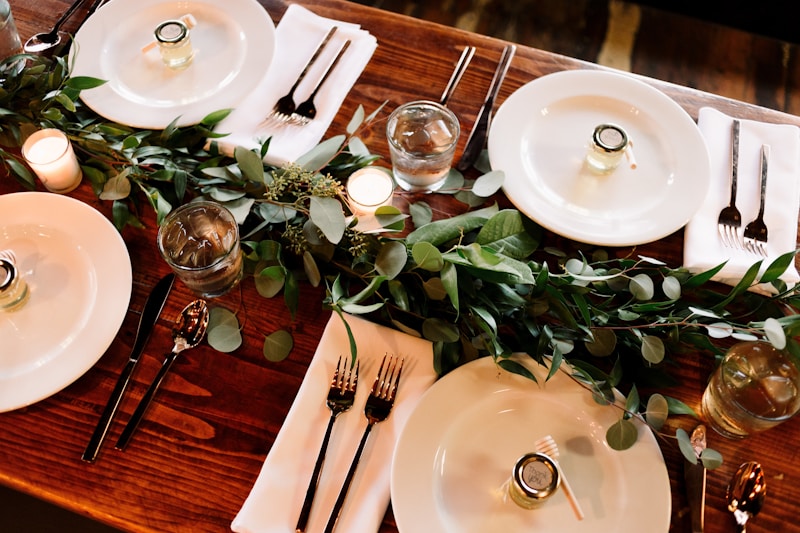Understanding Unexpected Costs in Wedding Dress Shopping
The Journey of Wedding Dress Shopping
Shopping for a wedding dress is one of the most exciting parts of planning a wedding. However, many brides-to-be are surprised by the unexpected costs that can arise during this process. In this guide, we will explore various aspects of Wedding Dress Shopping, the hidden fees you might encounter, and tips on how to budget effectively.
Common Unexpected Costs
While most brides have a general idea of how much a wedding dress will cost, there are several additional expenses to consider. Here are some of the most common unexpected costs associated with Wedding Dress Shopping:
| Expense Type | Description |
| Alterations | Many dresses require adjustments to achieve the perfect fit. Alteration costs can vary, with an average of $200 to $600 depending on the complexity and fabric of the dress. |
| Shipping Fees | Online orders may incur shipping fees that range from $10 to $50, particularly for rush orders. |
| Cleaning and Preservation | Post-wedding dress cleaning can cost between $150 and $300, depending on the fabric and your location. |
| Accessories | Brides often purchase accessories such as veils, belts, and jewelry, which can add hundreds of dollars to the total cost. |
| Taxes | Don't forget to account for sales tax, which can significantly impact the final price, depending on your state's regulations. |
| Consultation Fees | Some bridal boutiques charge consultation fees for booking private appointment sessions, ranging from $50 to $150. |
Budgeting for Your Wedding Dress
To avoid being caught off guard by unexpected costs, it is essential to create a comprehensive budget for your Wedding Dress Shopping. Here are some steps to help you effectively manage your finances:
1. Research and Set a Budget
Before you start shopping, research the average costs of Wedding dresses in your area. Setting a realistic budget will not only help you avoid overspending but also narrow down your options to dresses that are financially feasible. Be open to a range of prices and styles to increase the chances of making a satisfying purchase.
2. Factor in All Potential Costs
Create a detailed list of all potential costs you might incur during the shopping process. Include dress price, alterations, accessories, taxes, and any other fees that may arise. This comprehensive overview will give you a more accurate estimate of the total expenditure.
3. Allocate for Unexpected Expenses
It's wise to set aside an additional 10-20% of your total wedding dress budget for unexpected costs. This cushion can be a lifesaver if you encounter unforeseen expenses.

Common Questions About Wedding Dress Costs
As brides navigate the complexities of Wedding Dress Shopping, they often have several common questions, including:
What is the average price of a wedding dress?
The average cost of a wedding dress can vary widely depending on the designer and location. Generally, brides can expect to spend anywhere from $1,500 to $3,000. However, custom or designer dresses can exceed this range significantly.
Are wedding dress alterations included in the price of the dress?
In most cases, alterations are not included in the dress price. Many bridal shops recommend budgeting separately for alterations to avoid surprises later.
How can I save money on a wedding dress?
Consider looking for off-the-rack dresses, shopping during sales events, or even renting a dress. Each of these options can help significantly reduce the cost of your wedding dress.
Tips for a Stress-Free Wedding Dress Shopping Experience
To make the Wedding Dress Shopping experience enjoyable and less stressful, consider the following tips:
1. Start Early
Begin your search at least 6 to 12 months before your wedding date. This timeline allows for adjustments and ensures you have ample time to explore options.
2. Bring Supportive Friends and Family
Select a few trusted friends or family members whose opinions you value. Their support can provide helpful feedback and make the experience more enjoyable.
3. Stay True to Your Style
It's easy to get overwhelmed by opinions and trends. Stay true to your vision and choose a dress that reflects your personal style and complements your wedding theme.
4. Be Open to Compromise
Be flexible when trying on dresses. Sometimes the dress that catches your eye may not be the one that feels right, and vice versa. Explore various styles and be willing to make compromises.
Conclusion
Wedding Dress Shopping should be a joyful experience filled with excitement and love. However, by being aware of the unexpected costs and carefully budgeting, brides can enjoy their shopping experience without financial stress. Remember to explore all potential expenses, set a realistic budget, and leave room for unforeseen costs. With the tips provided in this guide, you'll be better prepared to navigate the Wedding Dress Shopping journey and find the dress of your dreams.